In general, diamonds are considered pretty rare and are some of the most highly sought after gemstones in the world. However, lower quality diamonds are fairly common and are pretty accessible to nearly anyone. On the other end of the spectrum are the exceptional diamonds, which did not come around very often and can fetch tens of millions of dollars at auction. These highly valuable diamonds are always one or more of the rare types of diamonds on this list. Diamonds can be rare because of their color and/or their type, which is based on the level and type of chemical impurities present in the stone. Overall, naturally colored diamonds are very rare and they only comprise 0.01% (across all colors) of the total diamonds mined around the world.
Type IIa Diamonds
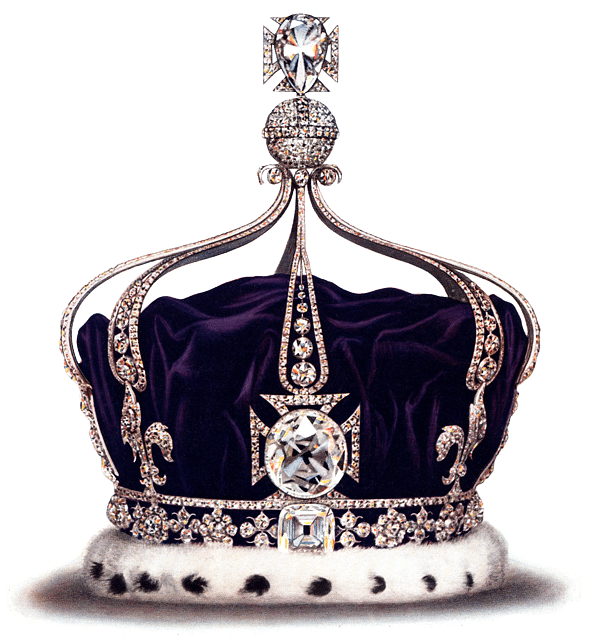
Percentage of Total Diamonds Mined: 1 to 2%
Current Value: Varies widely depending on cut, clarity, color, and carat weight; high quality examples are worth tens of millions of dollars
Notable Examples: Elizabeth Taylor Diamond (sold for $8.8 million); Koh-i-Noor and Cullinan Diamond (both British Crown Jewels); Daria-i-Noor (Iranian Crown Jewel); The Lesotho Legend (sold for $40 million); The Pink Legacy (sold for $50.4 million)
Largest Producer(s): Western Australia, India, Russia, Brazil, Siberia, South Africa, Tanzania, and Canada
While Type IIa diamonds are the least rare of all rare diamond types, they are the most valuable. Type IIa diamonds contain highly pure carbon and are considered the “purest” diamonds out there. Typically Type IIa diamonds are almost entirely devoid of impurities and can be colorless, yellow, pink, purple, or brown. Type IIa diamonds take longer to form, which contributes to their exceptional quality. In general, Type IIa diamonds are very expensive, and some of the most notable examples are worth tens of millions of dollars or are even considered priceless.
Type IIb Diamonds
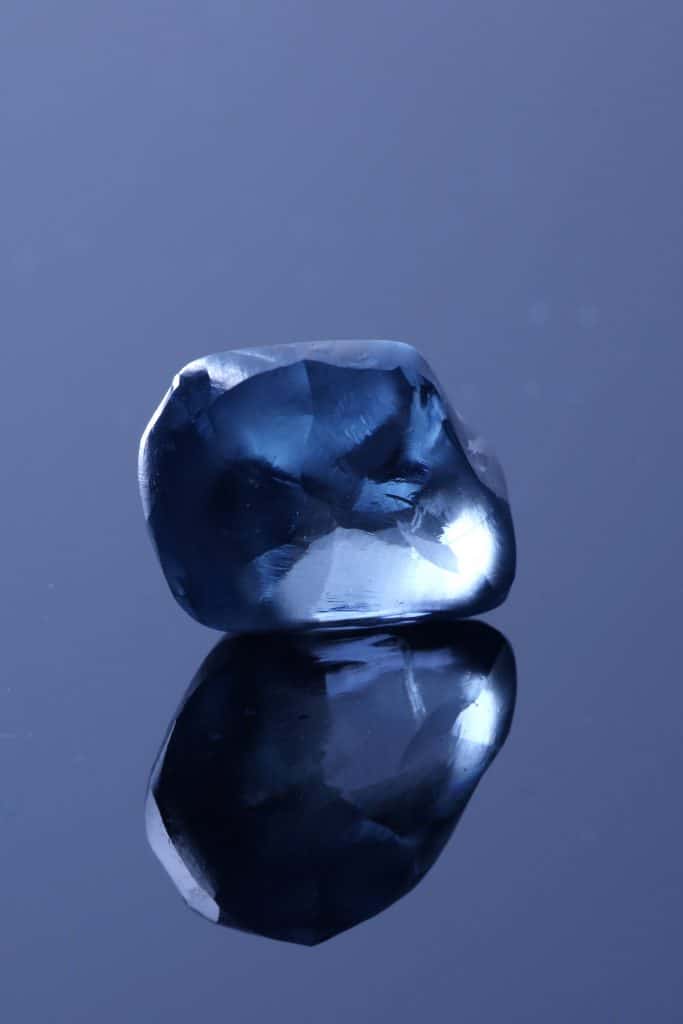
Percentage of Total Diamonds Mined: about 0.1%
Current Value: Varies widely depending on cut, clarity, color, and carat weight; high quality examples are worth millions of dollars
Notable Examples: The Cullinan Dream (sold for $25.4 million); The Okavango Blue; Blue Moon of Josephine ($48.4 million)
Largest Producer(s): India, Australia, South Africa, and Botswana
Just after Type Ib diamonds, Type IIb diamonds are the next rarest of the four main types of diamonds. Type IIb diamonds have no nitrogen in them like the other three types of diamonds, but they do have high amounts of boron. Because of this, all blue and gray diamonds are classified as Type IIb. Since Type IIb diamonds are typically blue, gray, or a combination of those colors, they are highly valuable. Many famous Type IIb diamonds are worth tens of millions, but lesser examples can be purchased for a few thousand.
Type Ib Diamonds
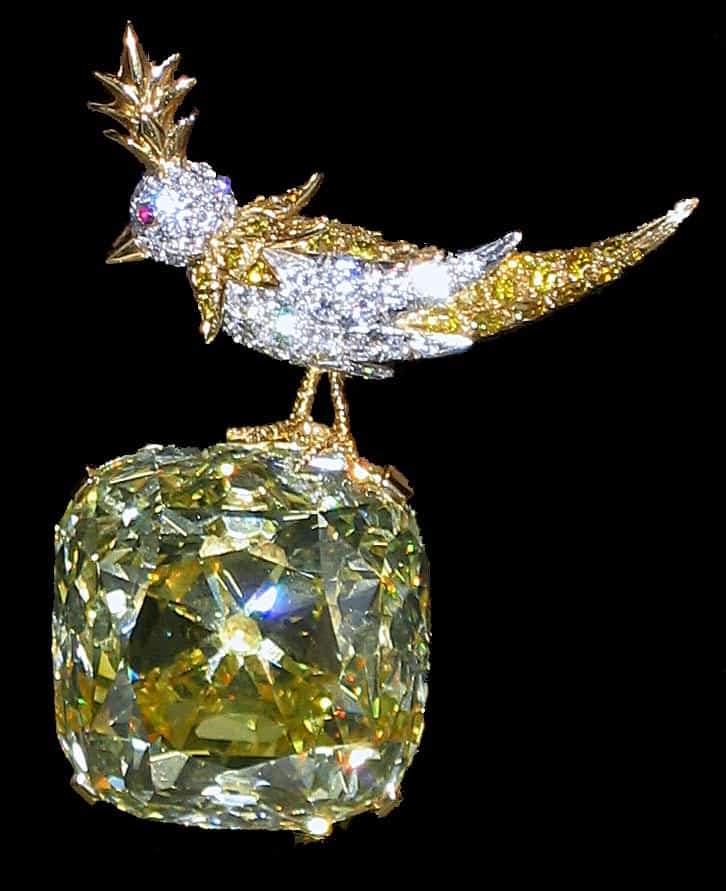
Percentage of Total Diamonds Mined: less than 0.1%
Current Value: Varies widely depending on cut, clarity, color, and carat weight; high quality examples are worth millions of dollars
Notable Examples: Allnat Diamond (Est. value: at least $3 million); L’Incomparable (Est. value: $55 million); Sun of Africa Yellow Diamond (sold for $10.9 million); The Kahn Canary; Tiffany Yellow Diamond
Largest Producer(s): Western Australia, South Africa, India, Russia, Brazil, Sierra Leone, The Congo, and Canada
Generally speaking, diamonds are classified by the level and type of their chemical impurities. The system has four basic types: Type Ia, Type Ib, Type IIa, and Type IIb. About 98% of diamonds are Type Ia, the most common and the other three types make up the remainder of all diamonds mined, making these types significantly rare. Of the four types, Type Ib is the rarest, with less than 0.1% of diamonds receiving this classification. Type Ib diamonds contain scattered nitrogen atoms, which usually results in a yellow, brown, or orange hue.
Green Diamonds
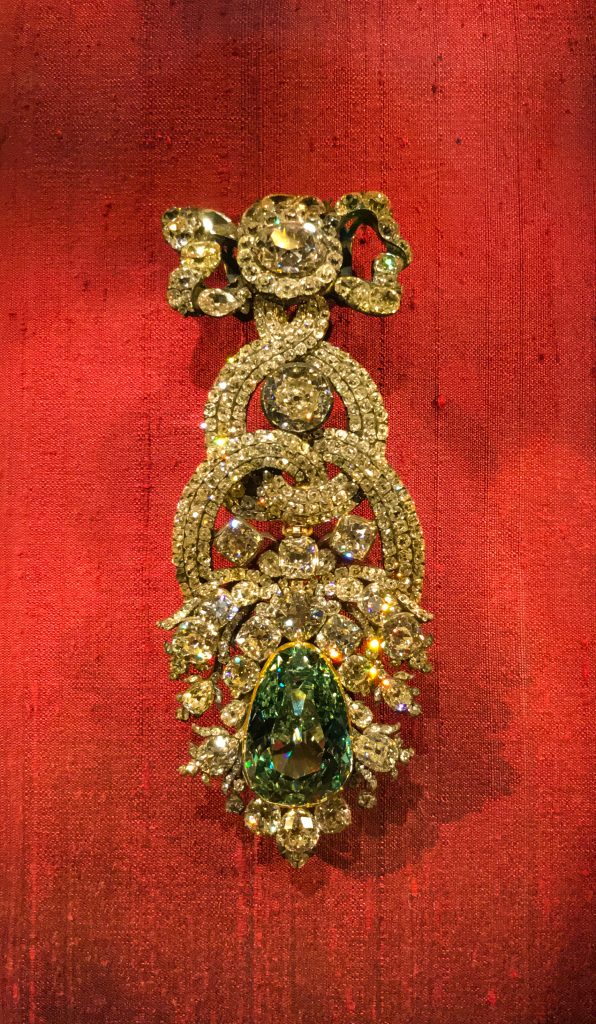
Percentage of Total Diamonds Mined: Unspecified – less than 0.001%
Current Value: Varies depending on secondary hue, cut, clarity, and other factors – ranges between a few thousand to about $1 million per carat
Notable Examples: Dresden Green; Aurora Green (sold for $16.2 million)
Largest Producer(s): Borneo, Brazil, Guyana, Venezuela, Zimbabwe, the Central African Republic, and India
Of all the rare natural colored diamonds, green diamonds are the least rare, but pure green diamonds hardly ever go up for sale. In fact, there are only two notable examples of pure naturally colored green diamonds: the famed Dresden Green and the more recent, Aurora Green. The Dresden Green is priceless while the Aurora Green was set into a ring that was sold for $16.2 million in 2016. Most natural green diamonds have a color that only resides on the surface, rather than having the color evenly distributed through the stone. This makes shaping green diamonds very difficult since the sparse coloring needs to be preserved.
Orange Diamonds
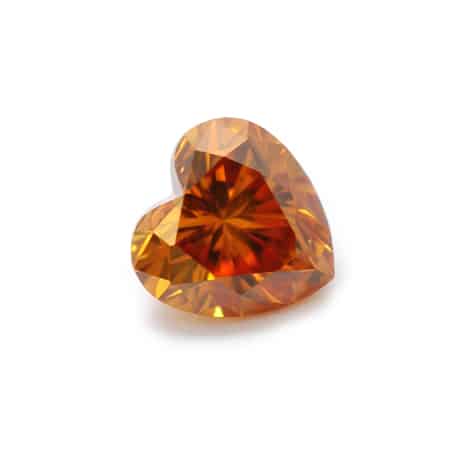
Percentage of Total Diamonds Mined: Unspecified – less than 0.001%
Current Value: Varies depending on secondary hue, cut, clarity, and other factors – ranges between a few thousand to about $1 million per carat
Notable Examples: The Orange (sold for $35.5 million); The Pumpkin Diamond (Est. value: at least $3 million)
Largest Producer(s): Western Australia and South Africa
Since the color orange is a combination of yellow and red, pure orange diamonds – which would have just the right amounts of yellow, red, and other secondary tones – are very difficult to find. However, overall, orange diamonds are not as rare as red, blue, pink, and purple diamonds. Diamonds with orange tints pop up fairly frequently, but the Gemological Institute of America rarely ever grades a stone as being pure orange. Orange diamonds get their color from the presence of nitrogen, which is what also makes yellow diamonds yellow. Usually, orange diamonds have either a brown, yellow, or pink overtone, with the orange hue being the stone’s secondary color. Any diamond with less than 25 percent orange tones, is labeled as “orangy.”
Purple Diamonds
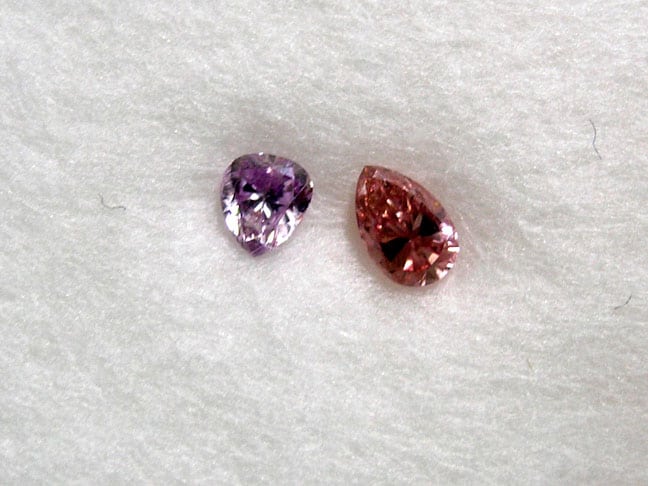
Current Value: Varies depending on secondary hue, cut, clarity, and other factors – ranges between a few ten thousand to a couple million dollars
Notable Examples: The Royal Purple Heart; The Supreme Purple Diamond Heart (Est. value: $4 million per carat); The Purple Orchid (sold for $4 million); The Argyle Violet (Est. value: $4 to $5 million)
Largest Producer(s): Western Australia, Siberia, Russia, Brazil, and Cana
In general pure purple diamonds are very rare, but since purple diamonds tend to have secondary hues and overtone colors, purple diamonds aren’t considered quite as rare as pink, blue, and red diamonds. In fact, many purple diamonds have a pinkish, blueish, grayish, and even red tone to them. While secondary colors typically cause a diamond to lose value, overall, purple diamonds are quite expensive, and often sell for a few tens of thousands of dollars and upwards of a few million. Purple diamonds mostly come from the Argyle Mine, Siberia, Russia, Brazil, and sometimes Canada.
Pink Diamonds
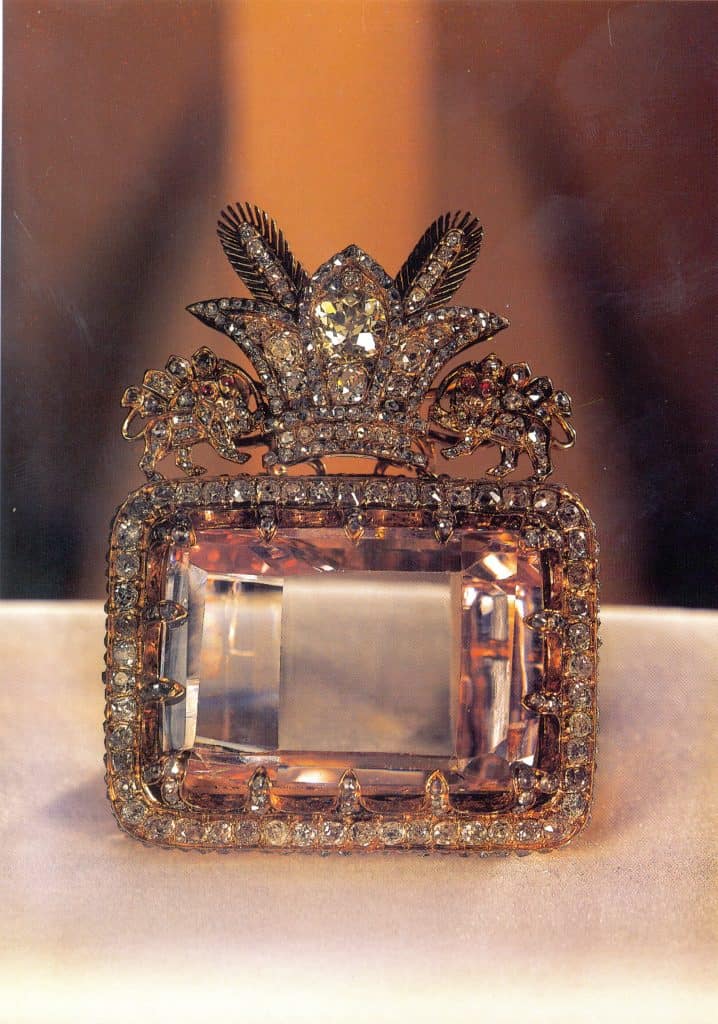
Percentage of Total Diamonds Mined: Unspecified – less than 0.01%
Current Value: Between $100,000 per carat to $1 million per carat depending on color intensity, cut, clarity and other factors
Notable Examples: Daria-i-Noor and Noor-ul-Ain (both Iranian crown jewels); The Pink Star (sold for $71.2 million); Graff Pink Diamond (sold for $46 million); Martian Pink (sold for $17.4 million); and Princie Diamond (sold for $39.3 million)
Largest Producer(s): Western Australia, Brazil, Russia, Siberia, South Africa, Tanzania, and Canada
Of all the naturally colored diamonds, the pink diamond is the most desirable because of its beautiful rosy hue and its association with female celebrities and royalty. Because pink diamonds are in such high demand, high quality examples and larger carats can fetch very high prices. Some pink diamonds have been sold for tens of millions of dollars, while some like the Daria-i-Noor and Noor-ul-Ain, both Iranian crown jewels, are essentially priceless. Like most of the world’s naturally colored diamonds, a majority of pink diamonds come from the Argyle Mine in Western Australia. Pink diamonds are also found in Brazil, Russia, Siberia, South Africa, Tanzania, and even Canada.
Blue Diamonds
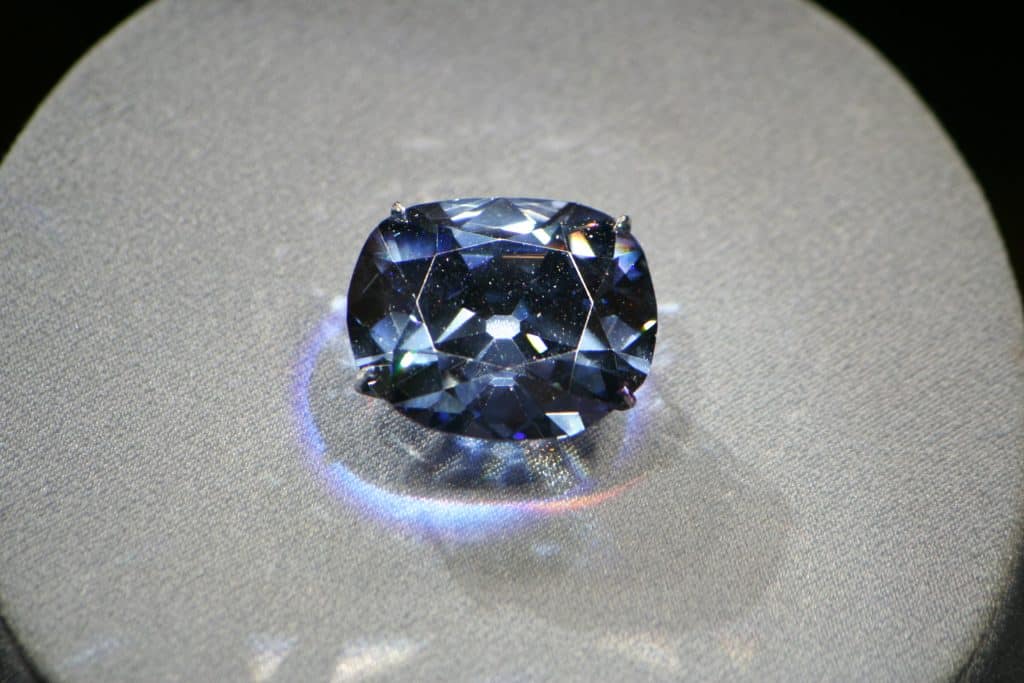
Percentage of Total Diamonds Mined: Unspecified – less than 0.01%
Current Value: Depends on color intensity; can range from high thousands to at least a $1 million per carat
Notable Examples: The Hope Diamond (Est. value: $200 to $350 million); The Cullinan Dream (sold for $25.4 million); The Okavango Blue; Blue Moon of Josephine ($48.4 million)
Largest Producer(s): India, Australia, South Africa, and Botswana
Just behind red diamonds in rarity, are blue diamonds, which are actually more valuable than reds because of demand. While blue diamonds are the second rarest type of diamond, there have been many notable examples, including the famed Hope Diamond, which is reportedly cursed due to the number of deaths associated with the diamond. Blue diamonds receive their color from trace amounts of boron found in the diamond’s crystal lattice structure. A majority of the world’s blue diamonds come from India, followed by South Africa, Western Australia, and recently in Botswana.
Red Diamonds
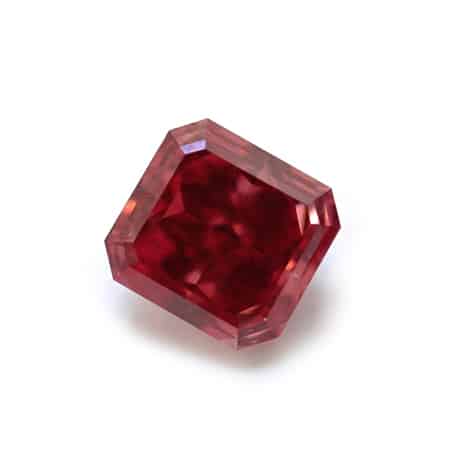
Current Value: Hundreds of thousands of dollars per carat
Notable Examples: Moussaieff Red Diamond (Est. value: $20 million); Hancock Red (sold for $880,000); Kazajian Red Diamond; DeYoung Red Diamond (Est. value: about $5 million)
Largest Producer(s): Australia, Africa, and Brazil
Of all the different types of diamonds out there, red diamonds are the rarest diamonds in the world. Natural pure red diamonds are so rare that less than 30 examples have ever been found. Due to the extreme rarity of red diamonds, they are typically worth hundreds of thousands of dollars per carat. For example, the famous Hancock Red, the first known example of a red diamond, was sold for $880,000 in 1987, which was about $926,000 per carat! In addition to the rarity, red diamonds are also pretty mysterious. Despite decades of research, no one is quite sure how red diamonds acquired their color. The leading theory is that red diamonds are actually really dark pink diamonds that experienced a plastic deformation in its crystal lattice structure, causing humans to see red instead of pink.
This article originally appeared on Rarest.org.
More from Rarest.org
10 Rarest Elements in the Universe

Within the vast expanse of the universe lie elements that are exceedingly rare, elusive, and intriguing. From radioactive isotopes to fleeting traces found in ores, these elements capture the imagination of scientists and enthusiasts alike. Read More
The 15 Most Expensive Diamond Colors in the World
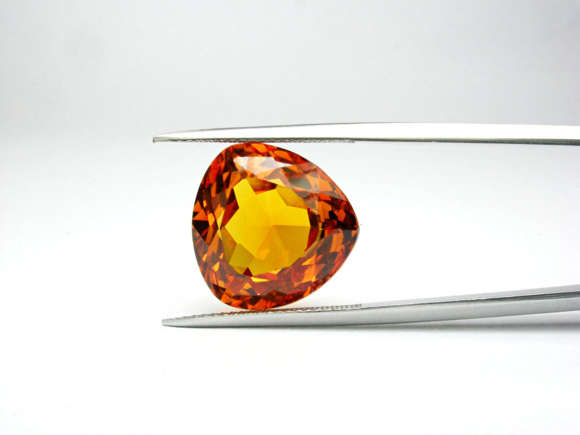
Diamonds, the epitome of luxury and desirability, come in a spectrum of colors, each with its own unique allure and price tag. The value of a diamond often hinges on its color, with rarity and demand dictating its worth in the global market. Read More
10 Rarest Gems in the World
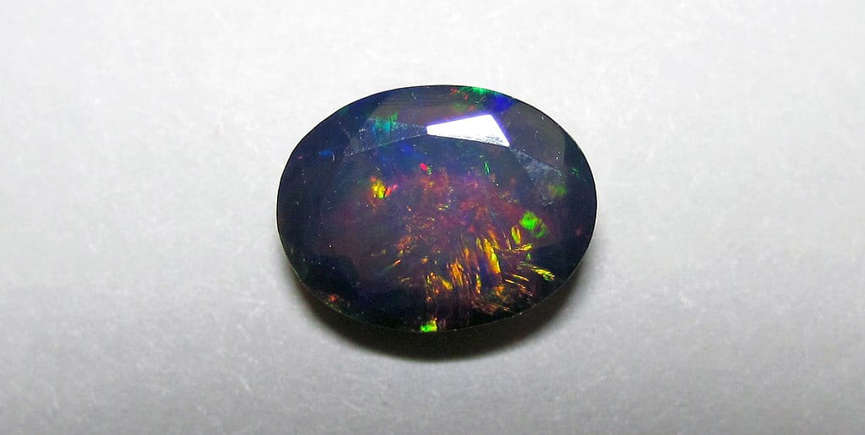
Over 300 documented gemstones worldwide, ranging from readily available or poor quality to extremely rare, pure, and expensive, fetching amazingly high prices in certain cases. The Earth created these stones over millions of years in many different conditions, composed of various organic materials such as rocks and minerals. Read More
